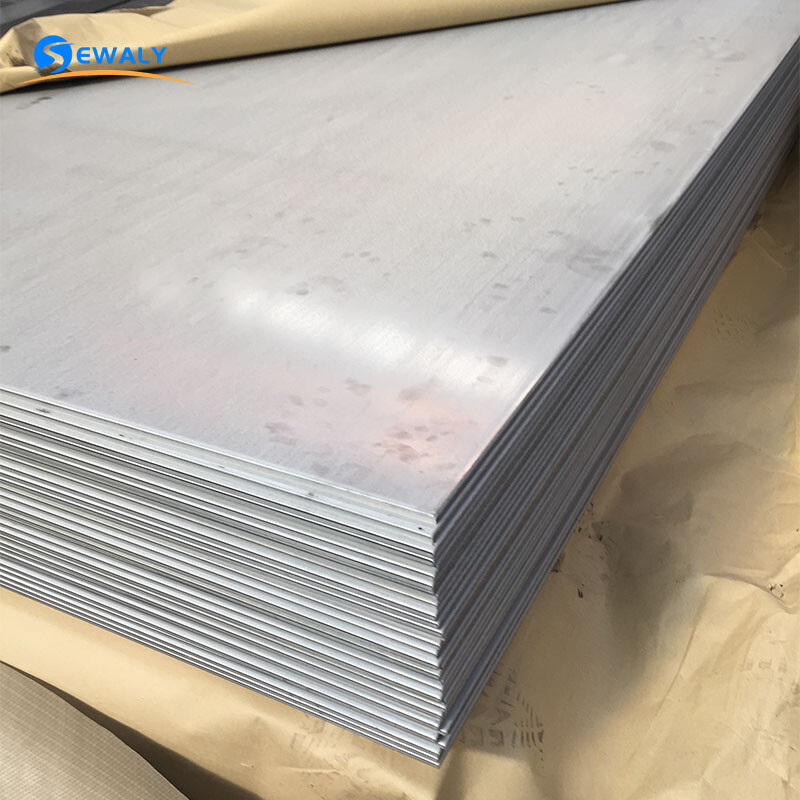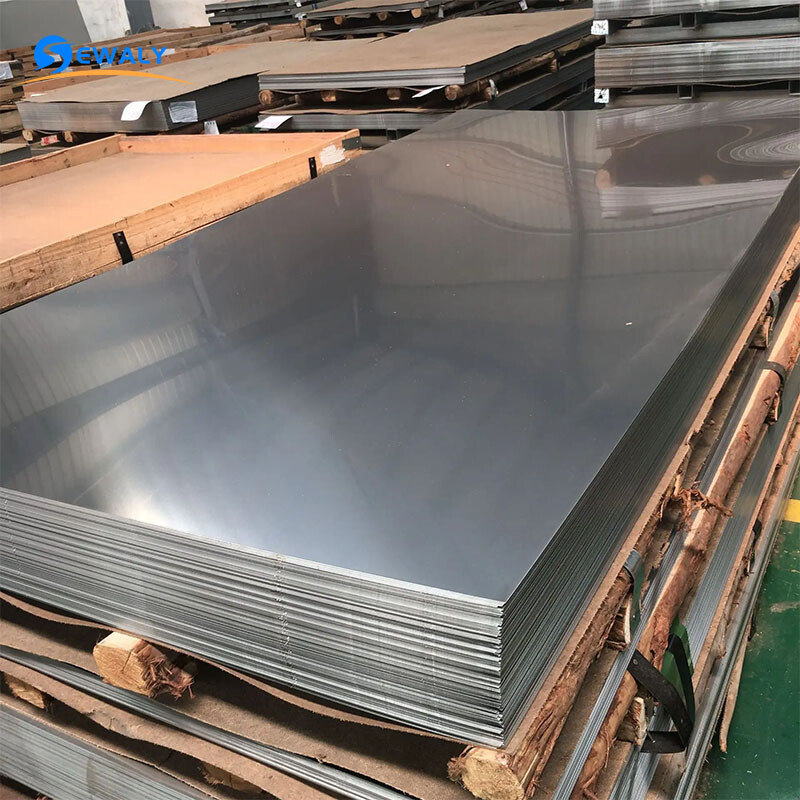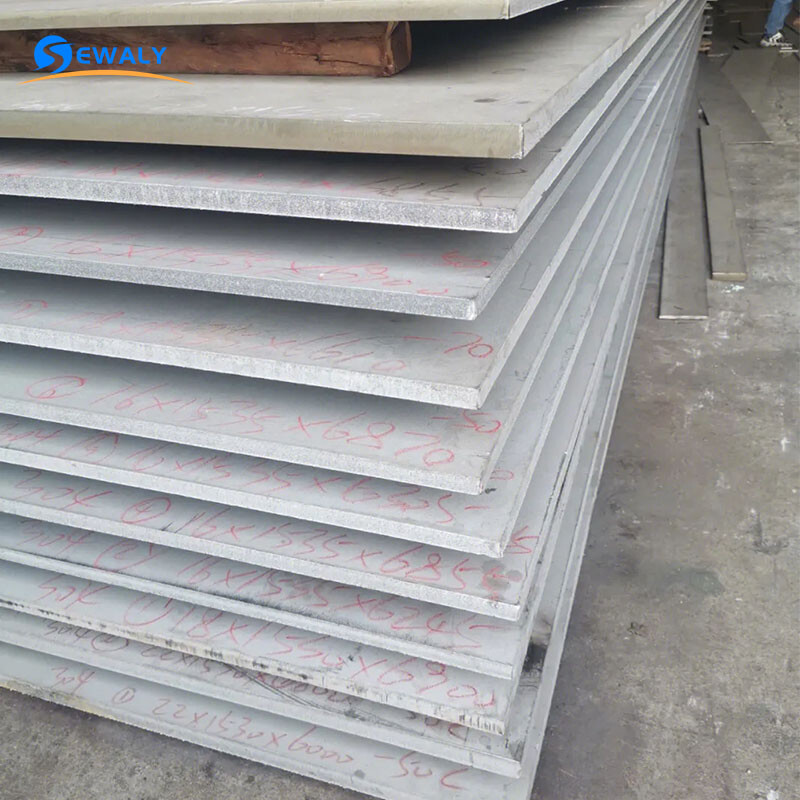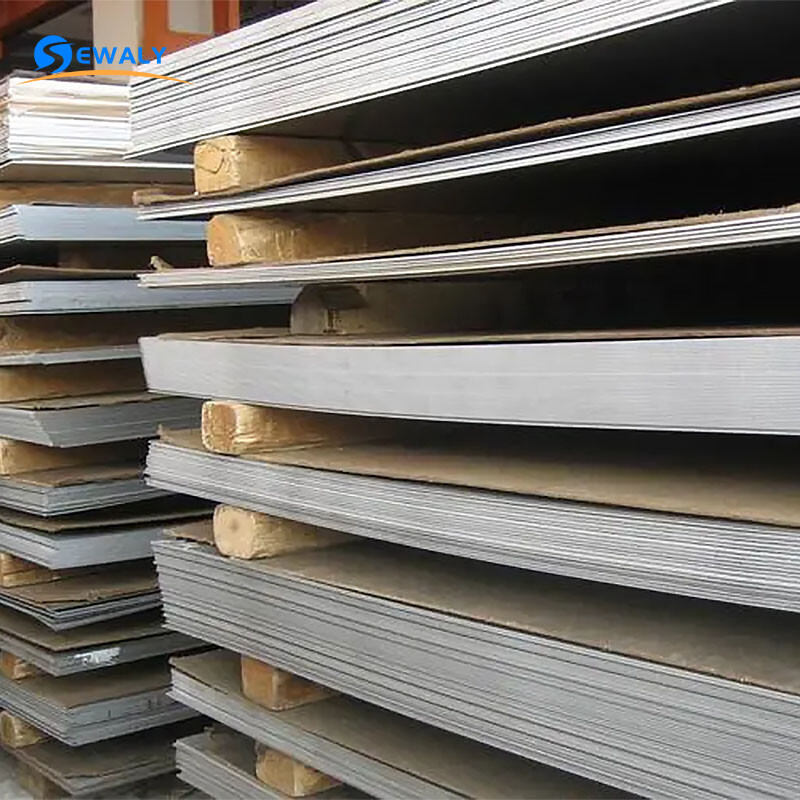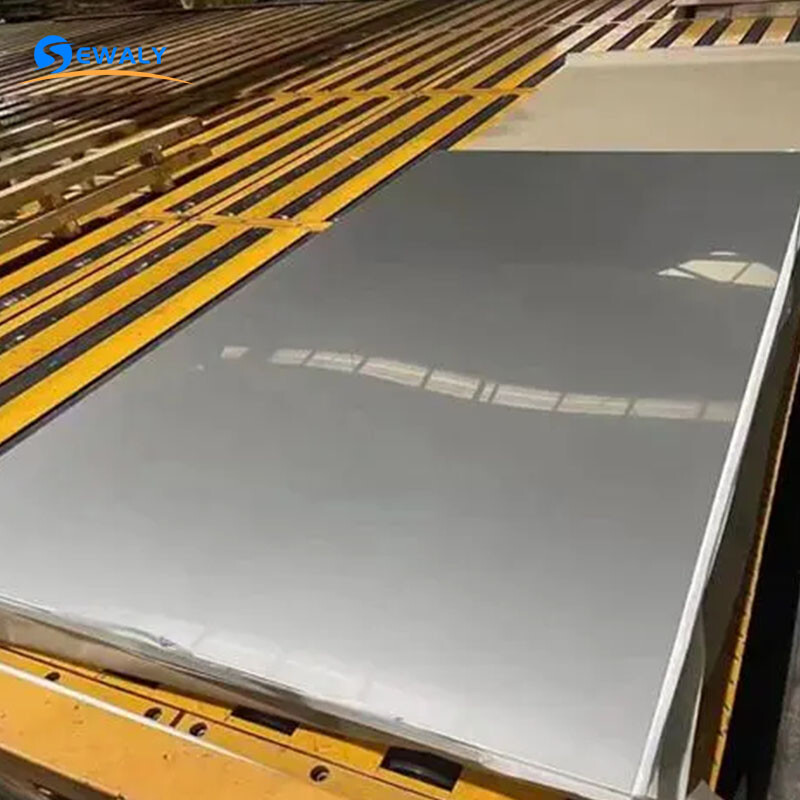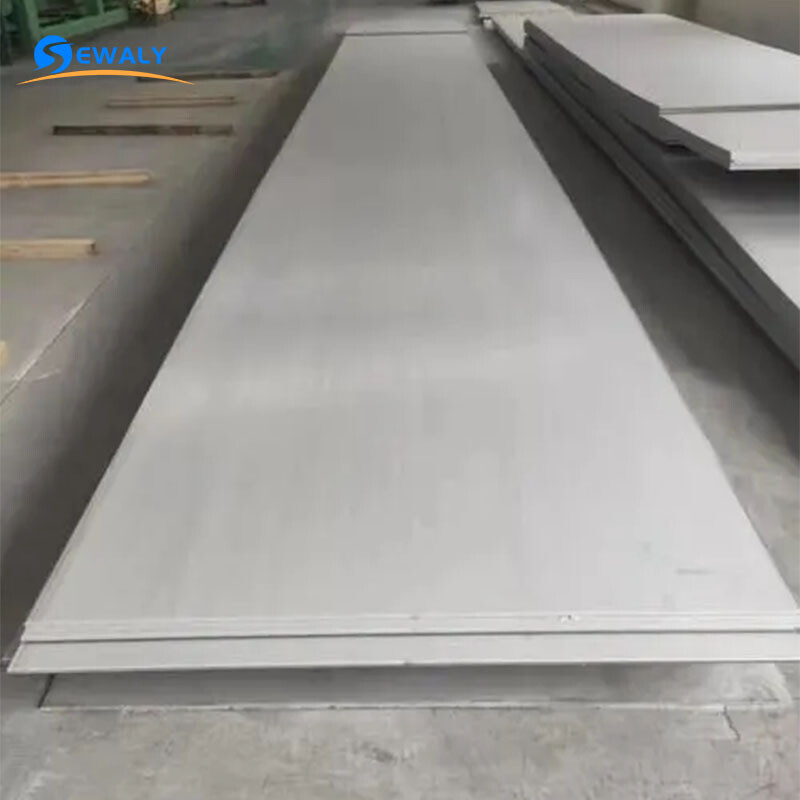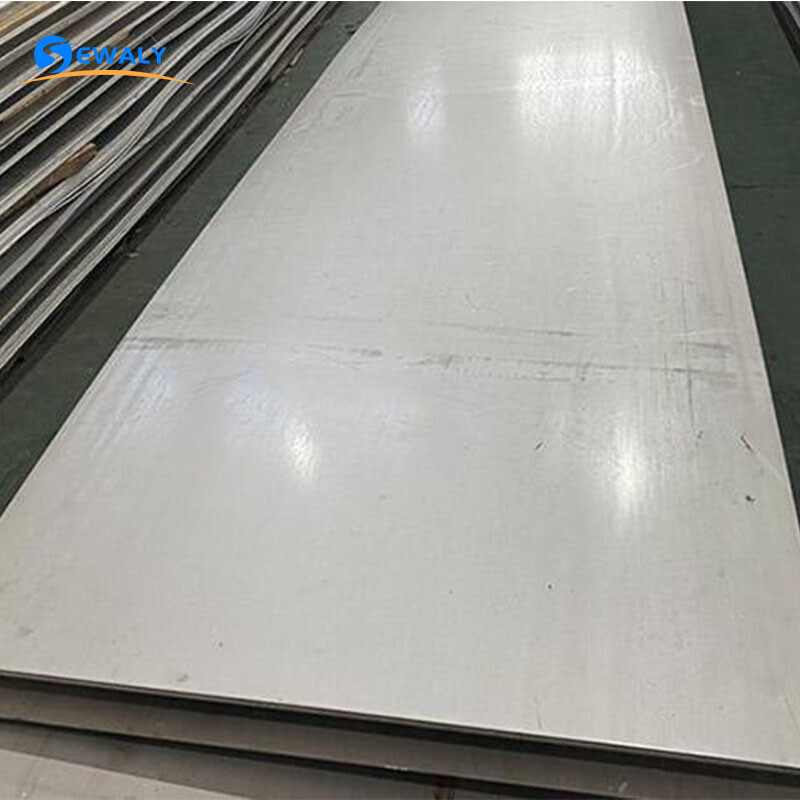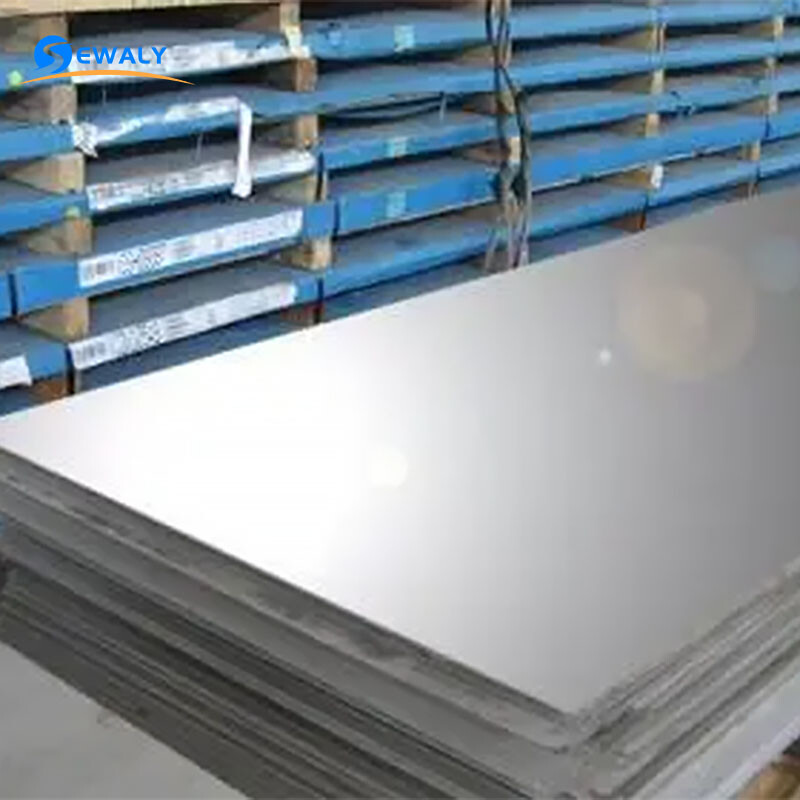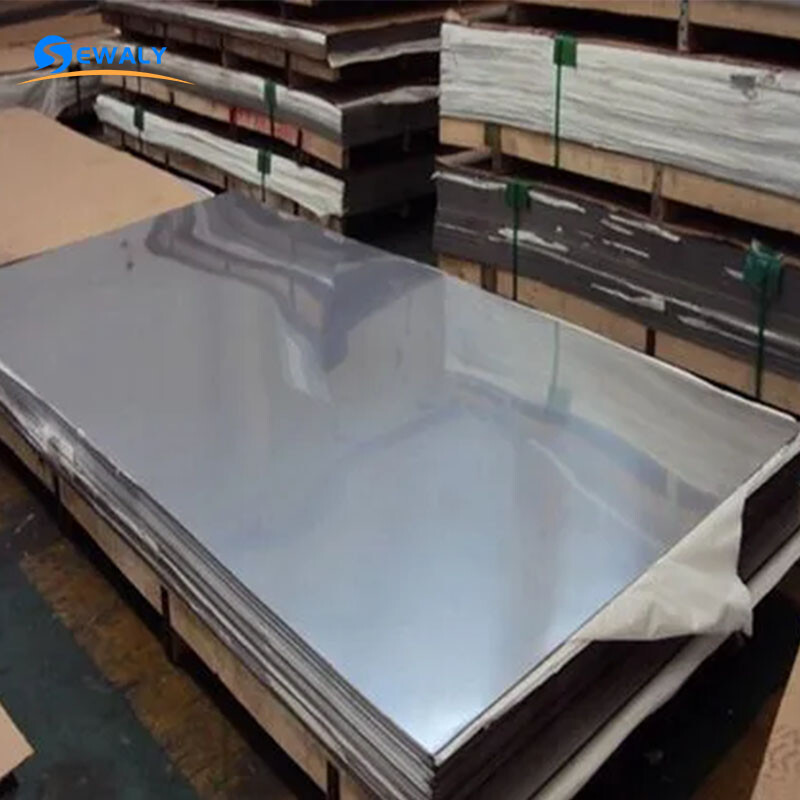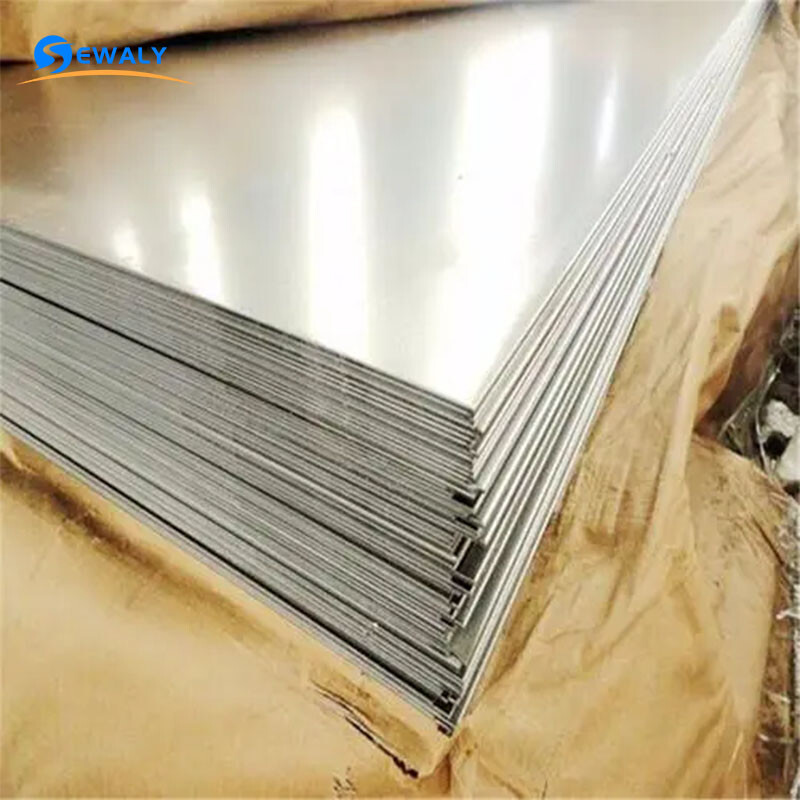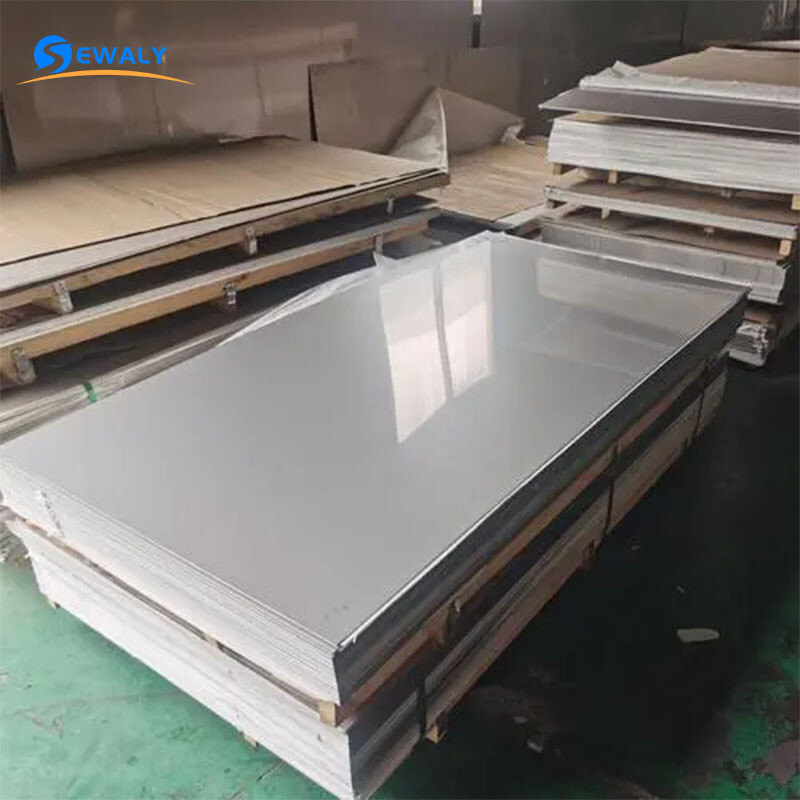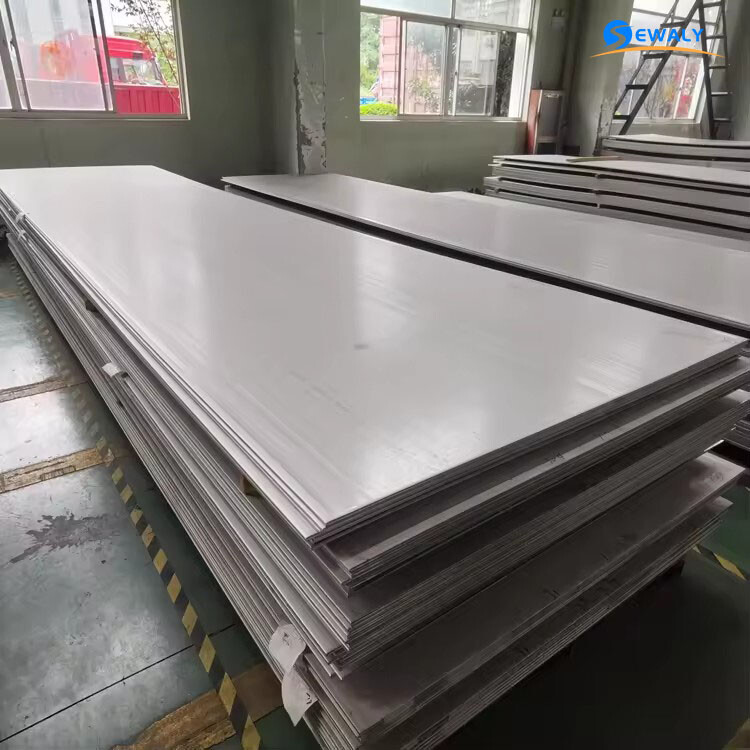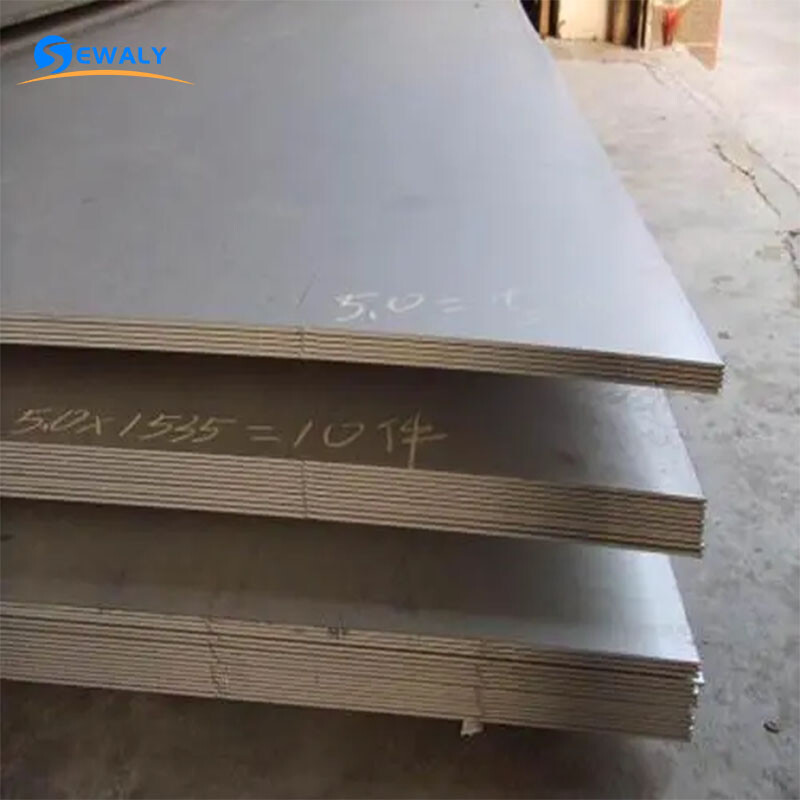Introduction:
1. Low MOQ and Flexible Production Ability.
2. Quick delivery and standard industry exporting package.
3. Best service with quick reply
4. OEM and ODM, welcome customers to visit our factory for better understanding;
5. Value friendship and trustworthy, devote to provide long-term service to our distinguished customers.
Product Introduction
As far as stainless steel grades go, grade 304 is the standard “18/8” of the stainless family. It is considered the most versatile, most widely used, and is available in more forms and finishes than any other grade of stainless steel. 304 Stainless Steel is the ideal grade to use for any of your form or welding projects. Not only because of its incredible welding characteristics, but also because of its balanced austenitic structure 304-grade stainless steel is commonly used in industrial, architectural, and transportation applications.
Chemical Formula
Carbon 0.08%, Manganese 2.00%, Phosphorus .045%, Sulfur .030%, Silicon .75%, Chromium 18-20.00%, Nickel 8.00-12.00%, Nitrogen .10%, Iron- Balanced
Inventory
304 Stainless Steel Plate, 304 Sheet, 304 Round Bar, 304 Flat Bar, 304 Equal Leg Angle, 304 Unequal Leg Angles, 304 Pipe Tube & Fittings, 304 Square Tube, 304 Rectangular Tube
Common Trade names
304 Stainless, 304 Stainless Steel
304 Stainless Steel Tube Characteristic machining technology
l Corrosion Resistance: 304 stainless stands up excellently in a range of atmospheric environments even when exposed to corrosive elements.
l Heat Resistance: Continuous use of 304 between 425-860⁰C is not recommended. Although it is resistant to carbide precipitation and can be heated in high temperatures.
l Easy to weld with excellent weldability.
l Excellent strength and toughness in high temperatures
Standard Specification Of 304 Stainless Steel Sheet
The types of steel plates are generally divided into thick plates (above 6mm), medium thick plates (3-6mm) and thin plates (below 3mm) according to their thickness. As far as the plate making process is concerned, low carbon steel plate can be divided into cold rolling and hot rolling. Hot rolling alone can produce low carbon steel plates of about 1.2mm and stainless steel plates of about 2mm, while thinner plates are produced by cold rolling, annealing and quenching and tempering rolling.It is divided into ordinary low-carbon steel plate and special steel plate, including low-alloy high-strength steel and corrosion and heat resistant clad steel plate. Ordinary low carbon steel plate is divided into cold rolling and hot rolling. The cold rolling steel plate has good surface quality, accurate thickness and size, and is mainly used for making car bodies. Hot rolled plates are mostly used for making frames and the like.
Application
l Construction/Indutry/Building/Chemical/Auto
l Food processing equipment, particularly in beer brewing, milk processing & winemaking
l Kitchen benches, sinks, troughs, equipment and appliances
l Architectural paneling, railings & trim
l Chemical containers, including for transport
l Heat Exchangers
l Woven or welded screens for mining, quarrying & water filtration
l Threaded fasteners
l Springs
Online Message
Other Products
Online Message

